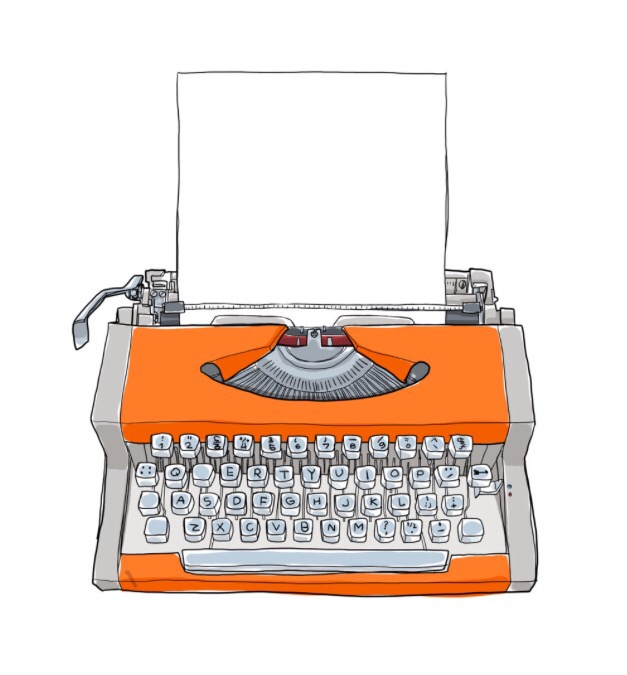I would respectfully like to offer a different opinion on roundabouts from the impression left by Mr. Bud Henschen’s comments noted in your December 7th article, “BG Council Asked to Steer Clear of Roundabouts.” I understand Mr. Henschen’s concerns. Lots of Americans find roundabouts confusing or disconcerting. But I will tell you that, having lived in England for four months during 2009, I saw everyday the benefits of roundabouts.
1. No Waiting Time
Despite Mr. Henschen’s concern that roundabouts will tie up traffic and create long lines, roundabouts do the opposite. They regulate the flow of traffic and keep people moving, without forcing them to wait at traffic lights. Americans hate to wait in lines. We can’t understand how Russians back in the Soviet era would wait in bread lines for hours or even days. We don’t understand how Brits will “queue up” patiently to wait for a new store to open. We hate to wait in lines. But we will allow ourselves to have to sit for several minutes at a red light when no other traffic is coming the other way. This often happens to me at night at the corner of Poe and Haskins. Heading west on Poe after shopping at the grocery store, I often have to sit at the light, which has been retimed to keep traffic on Haskins moving. It’s a pretty long light, sitting there on Poe at the corner, waiting for my green light, with no cars coming or going along Haskins. I feel silly; it almost feels un-American to take orders from a red light when logic tells me otherwise. I am always surprised that Americans, as independent as we are, will sit and take that red light at an empty intersection. I wish we had a roundabout at Poe and Haskins. And I wish we would have put a roundabout in at Poe and Main too.
2. Slowing and Regulating Traffic Flow
Roundabouts by their design require that people slow down when they come to an intersection. You have to slow or stop to give way to traffic in the roundabout, but if there is no traffic, you have at least slowed down enough to make an informed decision. This little bit of slowing takes no more than a second or two, but it saves lives, and it keeps traffic moving at a regulated pace. Roundabouts are especially helpful in the country, when the corn is high. Instead of traffic moving on one road at top speed, hoping no one will pull out from the stop sign on the other road, traffic from both roads would slow down and share the roundabout equally. As a motorcycle rider, I always slow down at intersections in the country for this very reason; I am fearful that I won’t be seen, and someone will pull out in front of me. I would ride easier with roundabouts.
3. Eliminate Confusing Left Turn Lanes
At the corner of West Wooster and Wintergarden, there is only a flashing light and a set of stop signs for both roads. But only one road has a designated left turn lane, while the other does not. This often poses confusion about who has the right of way going through that stop sign. A roundabout eliminates the need for left turn lanes. Everyone moves counter clockwise around the roundabout and exits on the right. Easy-peasy.
4. Try One Out
If you want to try out a real roundabout, there is one at Waterville Monclova Rd. and Stitt Rd., just north and west of Fallen Timbers shopping center. It works great, and will give you a sense of what we might expect in BG. Having roundabouts at the on and off ramps of I-75 is a great place to start. And then we could rethink a number of other places where we could use roundabouts.
If you have more questions about roundabouts, I would be happy to share my insights and experiences.
Tim Murnen
Bowling Green, Ohio




